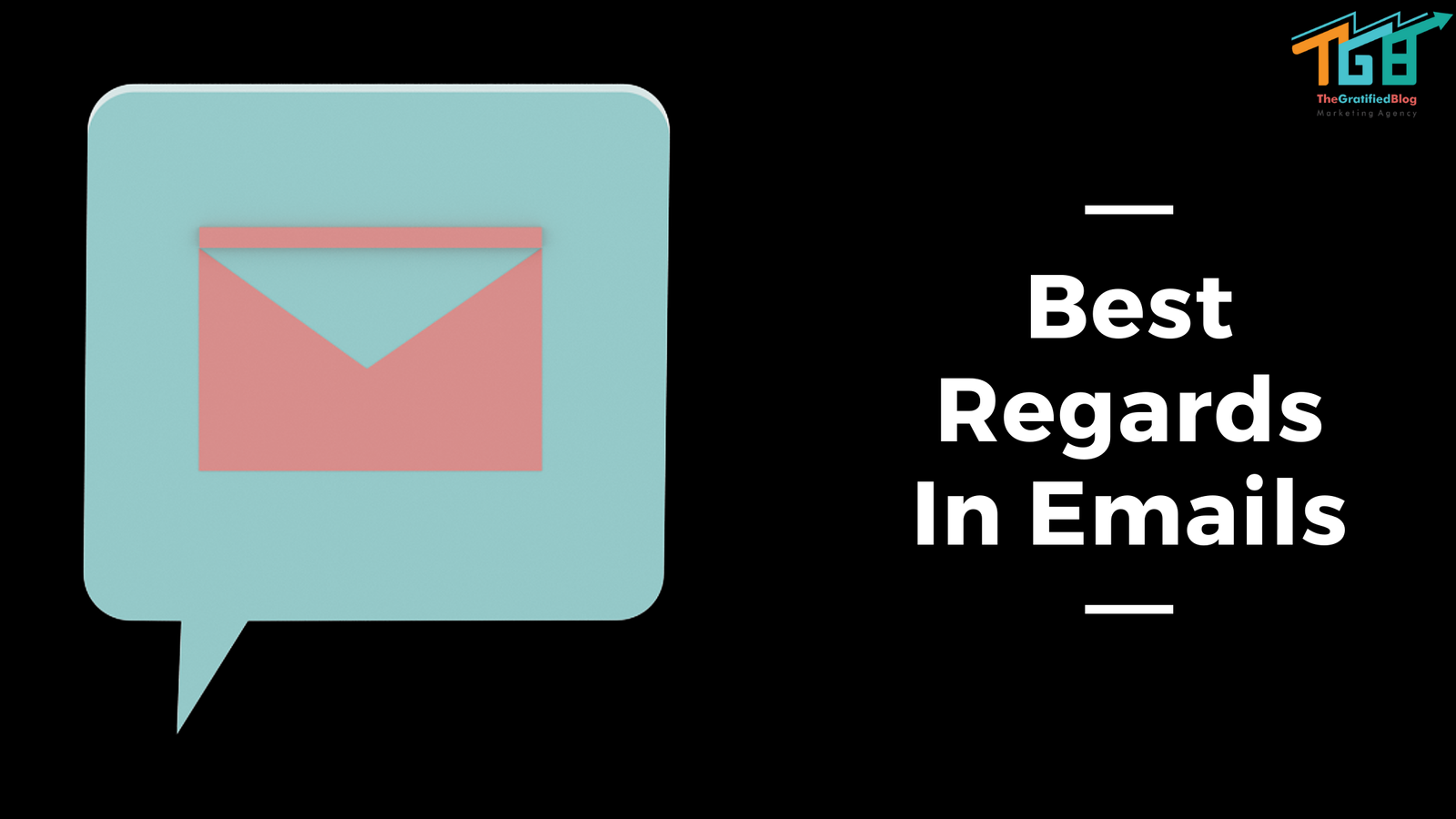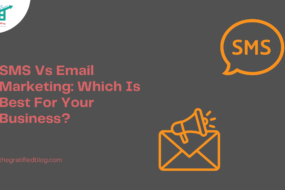
An email is not just a communication platform. It is a marketing platform that can generate revenue and business opportunities. Hence, to get the best out of the email marketing channel, you must craft your emails perfectly from the beginning to the end. For that, You need an excellent ending to catch your reader’s attention, and you can do it by using a phrase like “Best regards,” which can provide a professional and courteous final touch to your email, reinforcing your approach and signaling your genuine interest in the recipient’s response.
Why Is Adding Best Regards In Email Important?
Adding “Best regards” or a similar closing phrase at the end of an email is common in professional communication. Here’s why it is essential:
- Professionalism: Including a closing phrase like “Best regards” Infuses a sense of professionalism into your email. It signals you are polite, respectful, and mindful of professional etiquette.
- Courtesy: Adding a closing phrase is a courteous way to end your email. It shows that you value the recipient’s time and effort and acknowledge their presence in the conversation.
- Tone and Warmth: Email can sometimes be perceived as cold or impersonal due to the lack of non-verbal cues. Adding a closing phrase helps convey a friendly and warm tone, making your message more approachable and less abrupt.
- Formality: A closing phrase is expected as part of the standard email structure in formal or professional settings. It helps maintain formality and ensures your message aligns with established communication norms.
- Consistency: Using a consistent closing phrase, such as “Best regards” or “Sincerely,” creates a sense of continuity in your emails. This consistency helps build familiarity and establishes a professional brand image.
- Sign-off Indicator: The closing phrase serves as a clear sign-off point, signaling the end of your message. It helps the recipient understand that you have completed your thoughts and that there are no additional points to address.
Including an email closing like “Best regards” is more than a mere formality; it can positively impact your email campaign. Adding a personal touch to the end of your email can give the recipient a sense of closure while helping your message stand out in their crowded inbox.
Now that you know why adding best regards is essential, let’s move ahead and understand How To Write “Best Regards” In an Email.
How Do You Write “Best Regards” In An Email?
To write “Best regards” in an email, you can follow these simple steps:
- Start a new line: After completing the body of your email, press Enter or Return to create a new line specifically for your closing phrase.
- Begin with a capital letter: Capitalize the first letter of both words, “Best” and “Regards.” It shows proper punctuation and adherence to grammatical conventions.
- Add a comma (optional): You can include a comma after “Regards” for clarity and readability, although it is not mandatory. It would look like: “Best regards.”
- End with a proper punctuation mark: Conclude the phrase with an appropriate punctuation mark, such as a period (.), question mark (?), or exclamation mark (!), depending on the tone and context of your email.
- Leave a blank line (optional): After the closing phrase, you may leave a blank line before typing your name or adding your email signature. That adds visual separation and makes your email more organized.
Here’s An Example Of How “Best Regards” Would Appear In An Email:
… [Body of the email]
Best regards,
[Your Name]
[Your Email Signature, if applicable]
Following these steps, you can confidently include “Best regards” as a professional closing in your email.
Now let’s understand what the alternatives are for the. Best regards
Best Regards Alternatives
Although “Best regards” is a commonly used closing phrase, sometimes it may not be appropriate. In such cases, you can consider using some alternatives for best regards, such as:
- Respectfully
- Best
- All the best
- Thank you
- Thanks again
- Thanks in advance
Kind Of Best Regards To Avoid In Emails
- With Love: With love sounds for some loving person. This is great for family and friends. And obviously, it’s never recommended to use it in a professional email.
- Thnx or Rgrds: Short forms like these are enough to ruin your professional image in front of the reader. If you’re a school kid writing to your friend, it’s okay. But never use this in a formal email.
- Yours Truly: Before using this closing, ask yourself: Do you belong to the reader? Not. It conveys the same tone as With Love. Hence, use this to whom you belong, like your parents or friends.
FAQs On Best Regards
Q1: Is “Best regards” the only appropriate sign-off for professional emails?
A1: No, “Best regards” is a commonly used sign-off, but there are other appropriate alternatives like “Kind regards,” “Sincerely,” or “Warm regards,” depending on the context and your relationship with the recipient.
Q2: Are there situations where “Best regards” might be too formal?
A2: If you have a close and informal relationship with the recipient, using “Best regards” might seem too formal. In such instances, you can choose alternatives like “Warm regards” or “Best wishes.”
Q3: Can I use a different closing phrase instead of “Best regards”?
A3: Absolutely! There are various alternatives you can use, such as “Kind regards,” “Warm regards,” or “Sincerely.” Choose a sign-off that aligns with your tone, relationship with the recipient, and the level of formality in your email.
Summary
No matter how well you have crafted your email, the closing is the last thing the reader reads. The ending will decide whether the reader will remember your name or not. Hence, keeping your email personalized, engaging, and professional is always essential. Use the tips mentioned above, choose the closing sign-offs wisely, and you are ready.








3 replies on “How To Write “Best Regards” In Email? With Tips & Examples”
I had a great time reading your blog. Your posts sparked my interest as well. Really informative.
Google
We came across a cool site that you simply may take pleasure in. Take a look in the event you want.
Google
Just beneath, are many totally not associated web pages to ours, however, they are surely really worth going over.